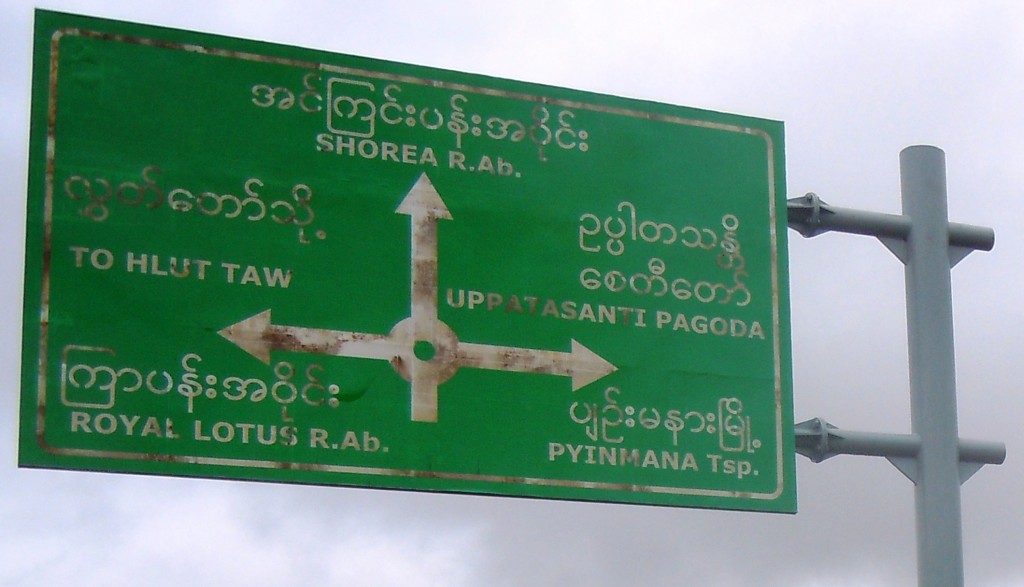Recently I put pen to paper on a long analysis of Burma’s peacebuilding challenges. It was published by Inside Story. I begin by suggesting that:
With its manicured grounds, vast government compounds, sprawling hotels and eye-popping religious sites, Burma’s new capital, Naypyidaw, was built for giants. Twelve-lane motorways intersect with oversized ornamental roundabouts. Battalions of gardeners are kept busy trimming miles of hedges and tending millions of flowers and trees. Official motorcades whiz past gleaming monuments to dictatorial pirouettes and democratic transition.
The city, knowingly called “our Canberra” by some government insiders, is at the heart of an unprecedented effort to bring popular participation into Burmese politics and to develop a modern economy. This audacious national repositioning is behind the billion-dollar investments that have seen Naypyidaw cut from the scrub and paddy fields of the country’s central plains.
And I end by arguing:
From his office in Naypyidaw President Thein Sein governs from a city built on a monumental scale. As the first president of the reformist era — the man entrusted with getting Burma’s new electoral system off to a promising start — the ethnic conflicts remain his most significant challenge.
The international community also recognises the historic opportunity of Naypyidaw’s parliamentary era. In 2012 Thein Sein was nominated for the Nobel Peace Prize. One of the reasons the nomination was premature is that ethnic conflicts, like the one in Kachin State, continue to rage.
But whoever manages to resolve these persistent enmities will surely deserve the highest accolades. Thein Sein and his colleagues are working to seize this chance for peace, but they may only have until 2015 when the National League for Democracy is likely to come to power. In that sense, the clock is ticking. If they succeed, Naypyidaw has more than enough room to erect statues of peace-making giants.
The full text is available here.
 Facebook
Facebook  Twitter
Twitter  Soundcloud
Soundcloud  Youtube
Youtube  Rss
Rss 